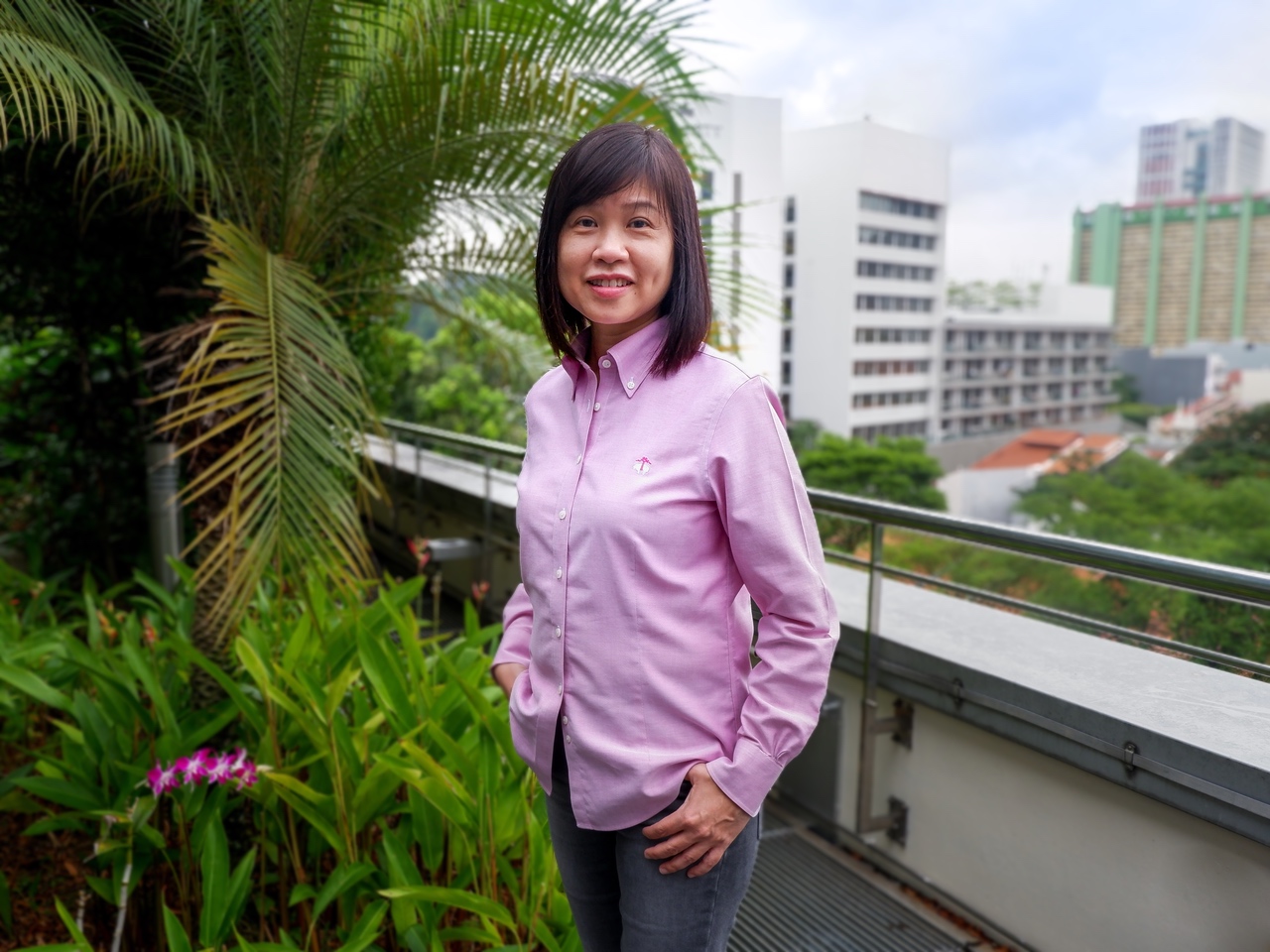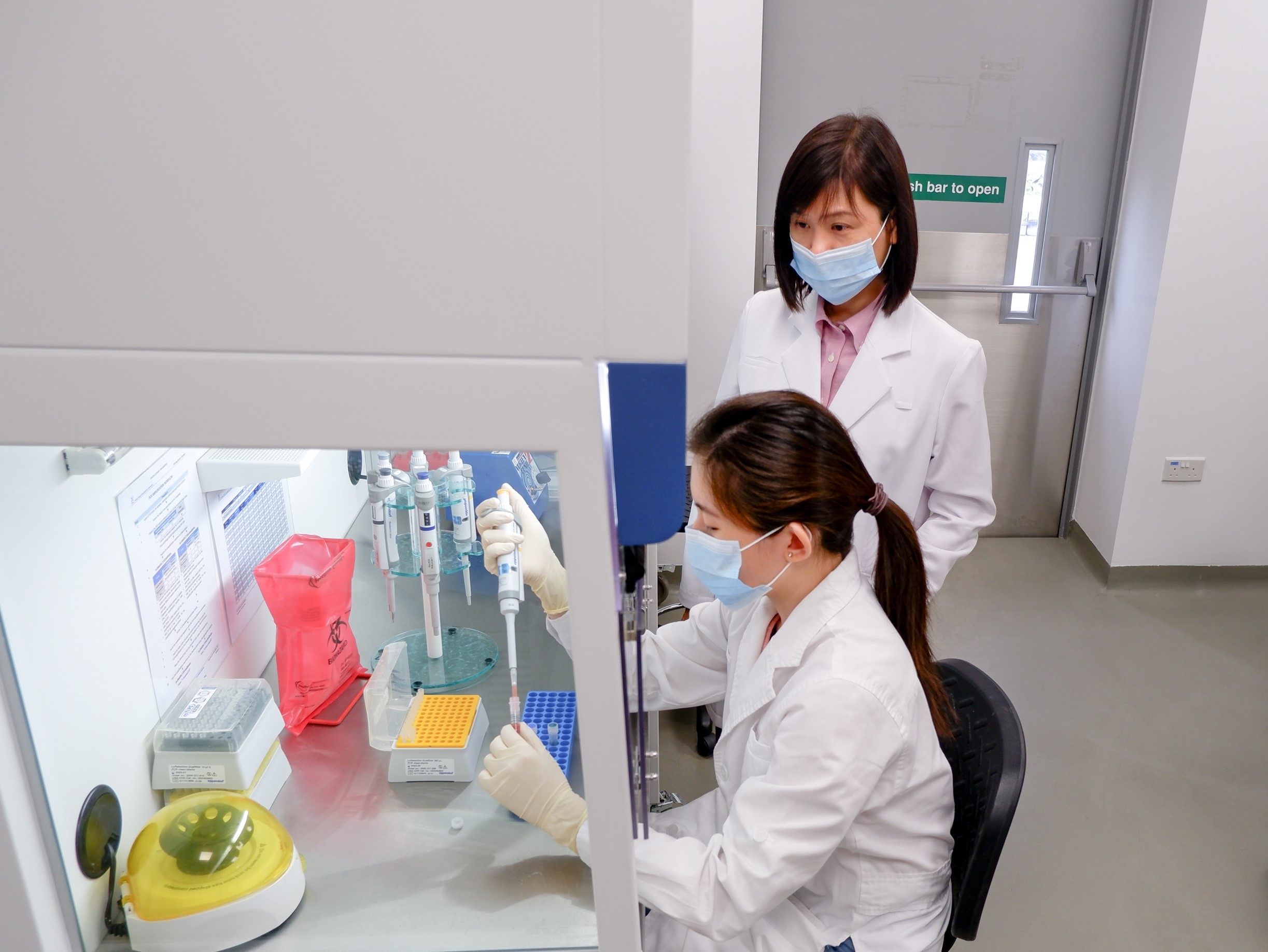
The Huang Na murder case – where the disappearance of eight-year-old Huang Na resulted in a nationwide search before her body was eventually found in a cardboard carton dumped in a remote forested area off Telok Blangah Hill Park – held the nation in its grips for weeks in 2004.
It was an out-of-the-norm case from the beginning because there was no crime scene. It started out as a missing child case. The first breakthrough came about when a storeroom belonging to the suspect’s employer was established to be the primary scene through the forensic detection of blood containing Huang Na’s DNA, fingerprints, denim fibres, and fruit stains. When the carton was recovered, the roll of adhesive tape and plastic bags found in the suspect’s working premises, and his manner of tying knots would further associate him with the wrapping of Huang Na’s body in plastic bags and systematic way of packing and sealing the carton. The decomposed fruit remains of her stomach content yielded important clues on the likely time of her death.
“The team worked very hard for two months on the case. For days, the lab smelled of fruits because we were conducting simulation experiments with mango and other types of seasonal stone fruits to establish whether we could differentiate them. We compared their chemical fingerprints with that of Huang Na’s three-week-old stomach contents. We also painstakingly cleaned the plastic bags to remove the body fluids and oils for more detailed microscopic examinations. The stench of decomposed human materials is distinct and lingers for a long time, a smell that you’ll always remember,” Chin Chin said. “The scientific findings corroborated with the investigator’s findings that the suspect had bought a bag of mangoes on the eventful day the girl went missing."
Solving this tragic case brought closure to Huang Na’s family and was one of the many challenging forensic cases that Chin Chin solved during her career of over 26 years. The forensic scientist, currently director of the Forensics Centre of Expertise at HTX, has been involved in conducting analysis, reporting, and testifying as an expert witness in other high-profile cases in Singapore such as the Yishun Triple Murder, One-eye Dragon firearms case, the Eu Lim Hoklai case, and the suicide of American researcher Shane Todd.
“Each case was a learning experience for me. I would be most happy and satisfied to finally put my signature on the printed reports, and initial each page in the case records,” Chin Chin said. “However, what I recalled most fondly would always be the teamwork: examining the evidence at the scene with my colleagues, the interactions and discussion sessions we had as we moved through each stage of the case, from the scene to court.”
Over 26 years in forensic science
Chin Chin joined the Department of Scientific Services (DSS) – the predecessor of the Health Sciences Authority (HSA) – after graduating with a Master’s degree in Chemistry in 1994. However, her early career was not in the Criminalistics Lab as she had been assigned to the Forensic Document Lab examining fraudulent documents such as tampered passports and forged signatures.
“I love working with chemicals. When I was in the Document lab, I was always trying to do something that involved chemicals and spectroscopy,” Chin Chin said. She wanted to do more and requested for a transfer to the Criminalistics Lab, a move she says was unheard of at that time.
Her request went through and she ended up spending close to 20 years at HSA before leaving the organisation in 2013 as the director of its Forensic Science Division to set up The Forensic Experts Group (TFEG), a private and independent forensic services provider.
“During that time [at HSA], we worked hard to transform the lab,” said Chin Chin, adding that she feels immense satisfaction whenever she looks back at how she, her supervisor and team members built up and expanded the capabilities of the lab from its initial focus on serology and firearms to trace evidence, unknown chemicals and materials, marks and prints, bloodstain patterns to scene reconstruction for homicides, shootings, explosions, and traffic collisions.
“We introduced the first forensic reconstruction cases to the court more than 15 years ago. After the introductory period which faced intense cross-examination from defence counsels who tried to deny us as expert witnesses in this new forensic
discipline, it was never looking back. The demand increased significantly for [scene reconstruction] because the courts recognised and understood its value,” Chin Chin said. “We examined the scene and the physical evidence recovered,
reviewed scene photographs, analysed the evidence at the lab, and associated the scientific findings holistically.”
Alongside the developments in forensics and investigations, Chin Chin’s areas of expertise have also expanded over the years and now span the wide spectrum of forensic disciplines from documents, trace evidence, unknown chemicals and materials, counterfeit and illicit drugs, firearms, toolmarks and impressions, damage evidence, fires and explosions, bloodstain patterns, video evidence, traffic collisions, and industrial incidents. Many of the disciplines involved scene examination, forensic simulation, and reconstruction.
“Although a lot of effort goes into developing a new forensic discipline, it is even harder to build up a team of competent and experienced forensic scientists because of the specialised domain knowledge and experience required in each discipline,” Chin Chin said. “Many years of training and a significant amount of resources are required.”
Chin Chin says she’s been very fortunate to have good supervisors and mentors throughout her career, such as her first boss, who was also a woman. “She was a firm and strong lady. She left a strong impression in me, especially in the way she presented evidence as an expert witness,” Chin Chin said. “I learned from her and my other mentors. I am grateful for their teachings, support, and encouragement.”

Chin Chin (right) with her colleague in the forensics laboratory (Photo Credit: HTX)
Building out the ecosystem
As the field of forensics increasingly evolves across disciplines, Chin Chin says a new multi-disciplinary and collaborative approach is needed. “We cannot look at traditional forensics along the lines of chemistry, physics and biology anymore
as projects are increasingly cross disciplinary.”
Chin Chin, who joined HTX last July, currently leads of a team of more than 100 officers who are developing the capability and capacity of forensic analysis to solve crimes better and faster.
Chin Chin’s current focus is on intel and research to uncover new capabilities that will build out the ecosystem and change the way things are done today such as easier and faster ways to recognise and collect samples or tapping on technologies like wearable sensors to detect the presence of drugs.
The nation is very important to me and my dream is to put Singapore on top for forensic science. HTX gives me the opportunity to continue with my dream, but in a different dimension – we’ll be building an entire forensic ecosystem where both forensic-related operations for prosecution and intelligence will thrive alongside forensic research.
“The nation is very important to me and my dream is to put Singapore on top for forensic science. HTX gives me the opportunity to continue with my dream, but in a different dimension – we’ll be building an entire forensic ecosystem where both forensic-related operations for prosecution and intelligence will thrive alongside forensic research.” Chin Chin said.
“The beauty of [HTX] lies in its unique assemblage of centres of expertise across diverse fields in engineering, digital and science. Here, I can find collaborators across different fields easily, it allows me to do much more seamlessly, and amplify capabilities to a new level.”
We are always seeking inquisitive and innovative individuals to co-create extraordinary solutions with us.
Join us to be at the forefront of the finest tech capabilities in the field! Join Us

